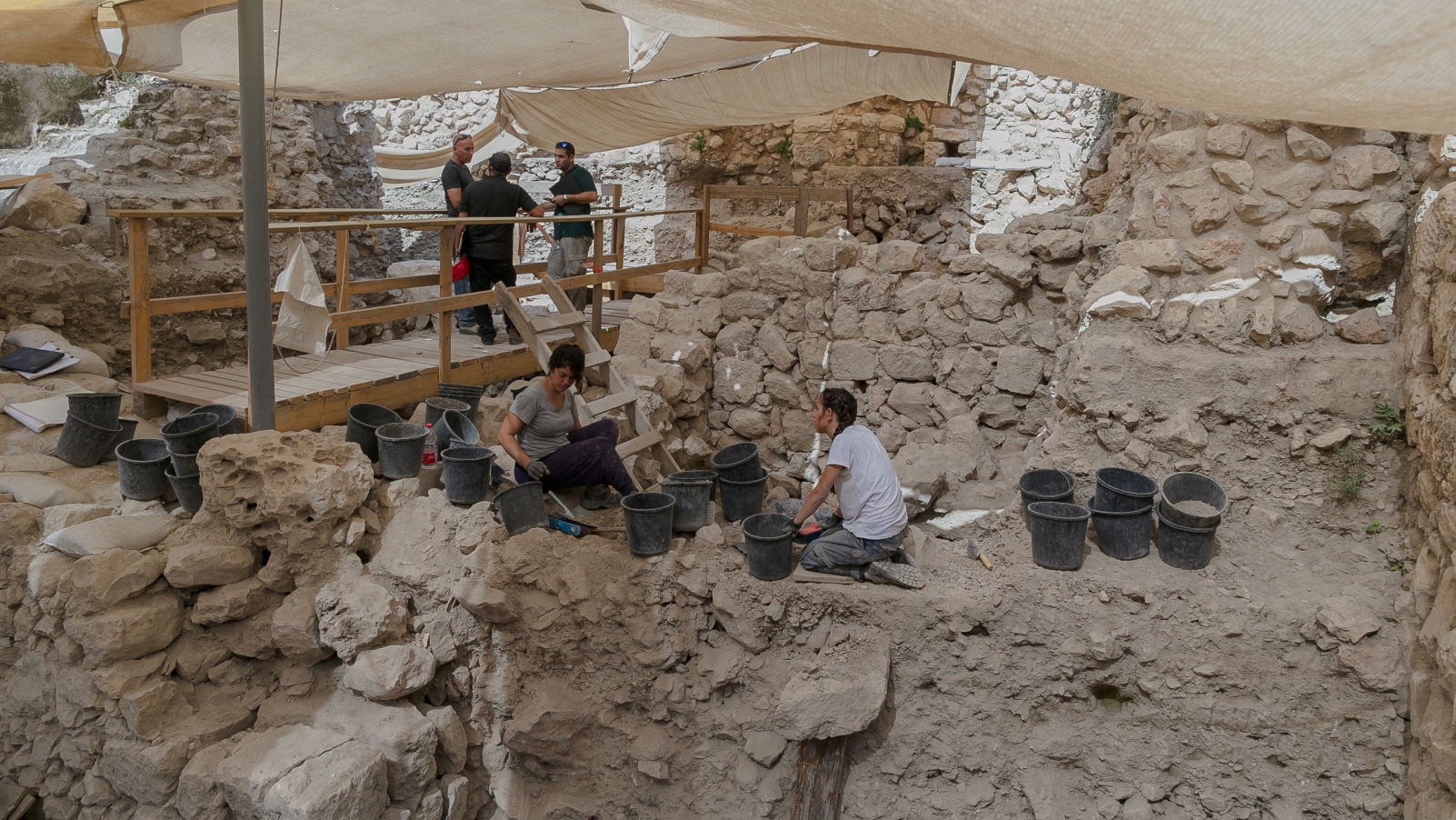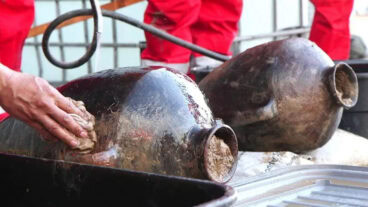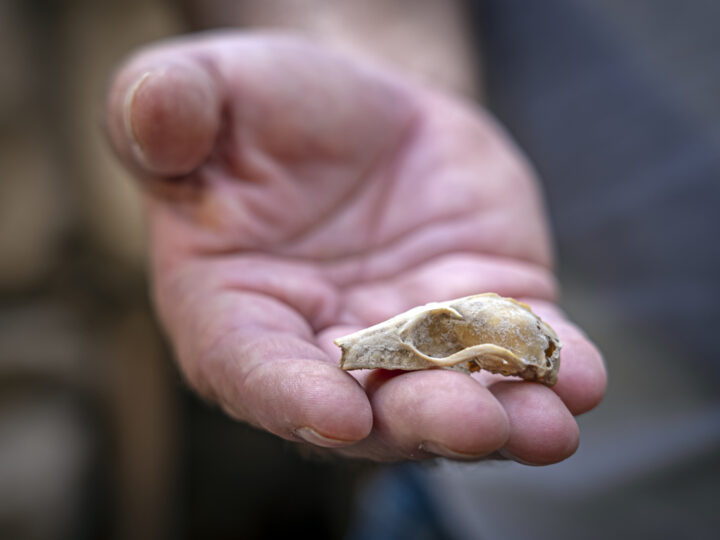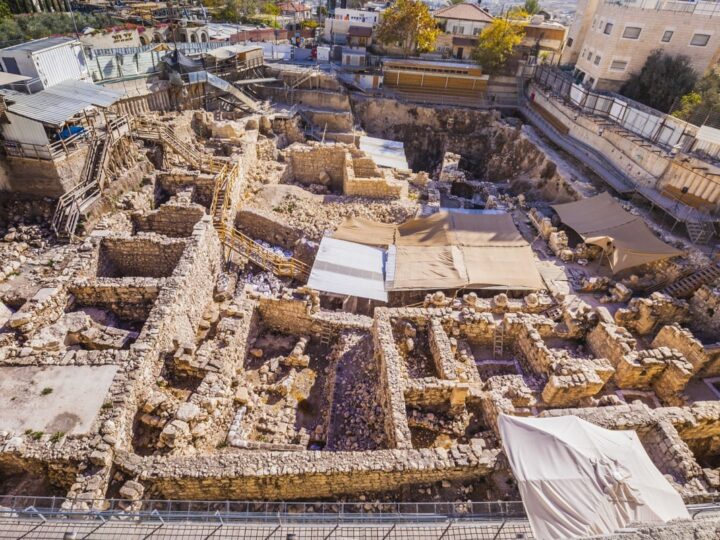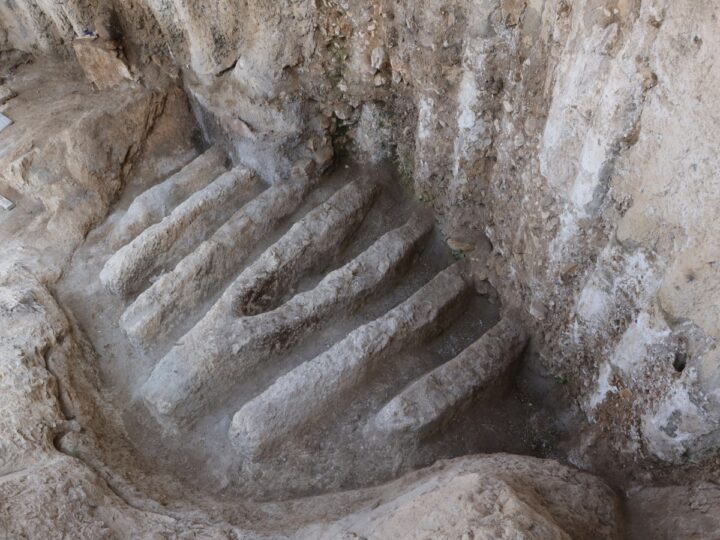Did you ever find a shiny penny in a public parking lot and think “this is my lucky day?” That must have been how archaeologists digging in the Givati parking lot outside Jerusalem’s Old City felt when they discovered a rare golden earring dating back to the second or third century BCE.
The 2,200-year-old earring – a tiny gold filigree piece from Jerusalem’s Hellenistic era – was discovered during an archeological dig in the lot next to the City of David National Park.
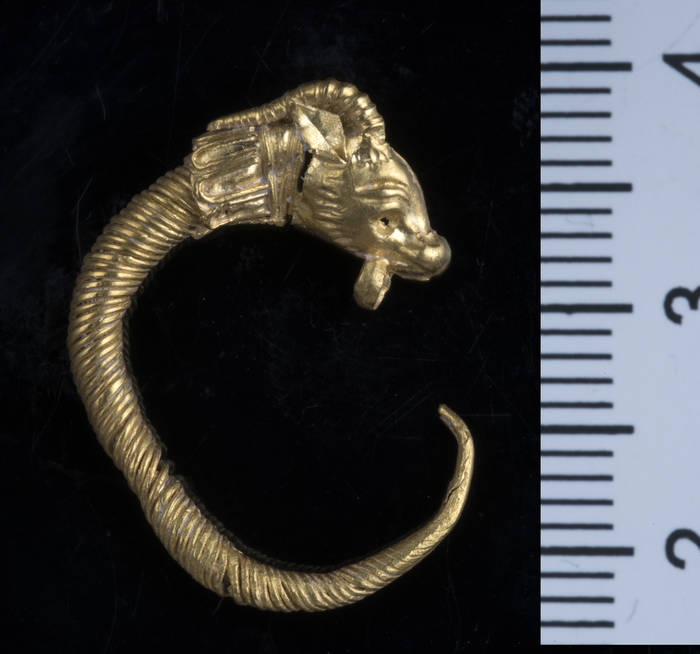
The hoop earring bears the head of a horned animal, possibly an antelope or deer. Excavators also found nearby a gold bead with intricate embroidered ornamentation resembling a thin rope pattern.
While the earring’s owner and gender are a mystery, archaeologists are sure that it “definitely belonged to Jerusalem’s upper class. This can be determined by the proximity to the Temple Mount and the Temple, which was functional at the time, as well as the quality of the gold piece of jewelry.”
Filigree is a jewelry-making technique in which threads and tiny metal beads are used to create delicate and complex patterns. Ariel Polokoff and Adi Erlich from the archeological department at the University of Haifa explained that this type of earring first appeared in Greece during the early Hellenistic period. Similar earrings have been found across the Mediterranean basin but rarely in Israel.
“Up until now, only a few such earrings have been found in Israel, many of them in the coastal region,” said Prof. Yuval Gadot of Tel Aviv University, who led the excavation along with Yiftah Shalev of the Israel Antiquities Authority. “This is the first time such an earring has been found in Jerusalem inside of archeological ruins from that time.”
During the second and third centuries BCE, the City of David was part of a Hellenistic vassal state under semi-autonomous Jewish rule. That rule ended with the Maccabean Revolt in 167 BCE. The era was described in detail by historian Flavius Josephus in his book Antiquities of the Jews but until now there has been little physical evidence in Jerusalem.
The earring was found underneath the parking lot, inside a building unearthed during the excavation. That too was an important discovery. “Hardly any remains of buildings [can] be accurately dated to [the Hellenistic] period,” Shalev said. The excavation findings “open a window to what Jerusalem was like during the early Hellenistic period.”
The jewelry will be on display at the City of David‘s annual archeological conference at the beginning of September.




